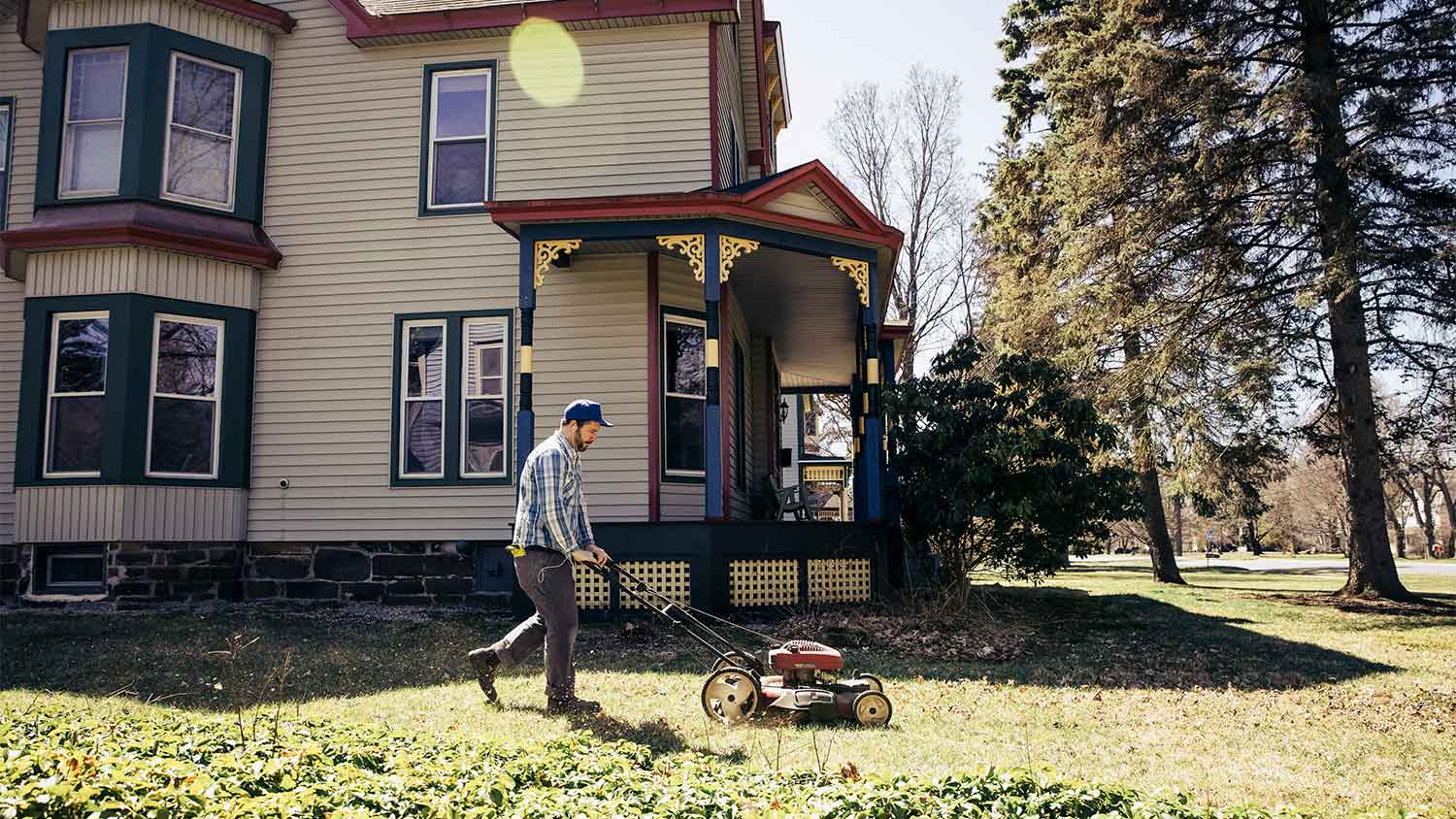How to Sell a House in a Bad Location
Play up the perks of your home to get the best price in a bad location


If you don’t love where you live—whether it’s due to freeway noise or negligent neighbors—it can be hard to see how people will want to buy your house.
However, there’s a buyer out there for every home, and what you lack in location appeal you can make up for in price, perks, and presentation. Here are 11 tips to help you market a house in a not-so-great location.
1. Find the Right Real Estate Agent
Start off by hiring a local real estate agent with specific experience in listing and promoting hard-to-sell properties. You want to work with an agent who understands what it takes to get the best price for houses with certain downsides.
The right agent should tell you about other home sales in your area, and give you realistic expectations for your own. They may recommend specific upgrades, hiring a home stager, or dropping the price as part of your selling strategy.
2. Balance Price, Location, and Condition
There are three key factors to balance when selling a house: price, location, and condition. When your location is a negative selling point, you need to improve upon one or both of the other factors.
That may mean offering a lower price than the homes around you or making upgrades to your home to help it stand out against the competition.
3. Host Open Houses
One of the best ways to get your home in front of as many prospective buyers as possible is to hold open houses. Your real estate agent can help you advertise the open house through online channels like social media and with signage and flyers.
Open houses can excite potential buyers about your property because they’ll see other prospects showing interest at the same time. Be sure to hold your open houses during the times of day when your neighborhood has the least noise or traffic and the fewest cars parked in the street.
4. Stage the Home Well
Your eventual buyer will spend most of their time inside your home, so work with your real estate agent on affordable interior improvements, such as decluttering and applying fresh paint. Aside from permanent improvements, you can make a major impact on potential buyers by staging the home to look as inviting and comfortable as possible.
A staged home provides a blank slate so potential buyers can envision themselves living there. While home staging costs an average of $1,500 per month, depending on the furnishings, it could be worth it to find a buyer who is willing to overlook the home’s unflattering location.
5. Boost Your Curb Appeal

Impress potential buyers as soon as they pull up to your home with a well-kept front lawn and exterior. Mow your grass, trim bushes and trees, wash windows and the facade, plant flowers, and pick up trash off the street.
While you can’t control the look of your entire neighborhood, you can control how much of it your prospects can see from your house by planting a privacy screen of shrubs or trees along the property line. You can even ask neighbors if they’d allow you to mow their lawns while your home is on the market.
6. Play Up the Positives
When advertising or showing your property to prospective buyers, it helps to point out the positives of the location. When providing directions to your open house, instruct prospects to go by the best homes, schools, and businesses in the area, even if it’s not the most direct route. While you don’t want to give anyone an unrealistic view of the area, it’s helpful to show them the great aspects of your location.
You can even frame potential negative factors in a more positive light. For example, proximity to a highway could cause noise, but it also provides convenient access to shopping and other amenities.
7. Be Honest About the Negative Aspects
Just as important as pointing out your home’s positives is disclosing its negatives. Take photos of visible problem areas and note them in the listing description, so you don’t seem like you’re hiding anything. Prospective buyers will appreciate the transparency and be more understanding when they come to view your home.
When listing your home’s issues, balance it out with the perks. Highlight your well-landscaped outdoor spaces, any nice views you can see from your windows, or your freshly painted exterior.
8. Introduce Prospective Buyers to the Neighbors
Some potential location-related drawbacks may seem like a big deal to future buyers, but you can reassure them by having them talk to friendly neighbors nearby. If your neighbors are willing, invite your prospects to talk to them about the perks of the neighborhood.
This tactic also adds a human element to your neighborhood that may not be obvious otherwise, reassuring your potential buyers. For example, if your home is near train tracks, your neighbors can talk about their personal experiences of getting used to the noise.
9. Target First-Time Home Buyers
People buying their first home may be more open-minded about a property in a less desirable neighborhood. They are often on a tighter budget, and most people understand that their first purchase will be a starter home that is less likely to be permanent. Your real estate agent can help you target your advertising toward younger home buyers and stage your home to appeal to their potential needs.
10. Offer Incentives
If you have an interested party but can’t close a deal due to your undesirable location, you can try offering certain incentives to tempt prospects. These types of incentives can include giving them credit for repairs or improvements to the home or offering to cover their closing costs.
11. Drop the Asking Price

Your real estate agent may advise you to balance out your bad location with a lower price than what you initially wanted. While this is the last resort for many sellers, there are benefits to dropping your price. It opens your home up to a new range of potential buyers and may even reduce the need to make improvements, saving you time and money in the long run.










